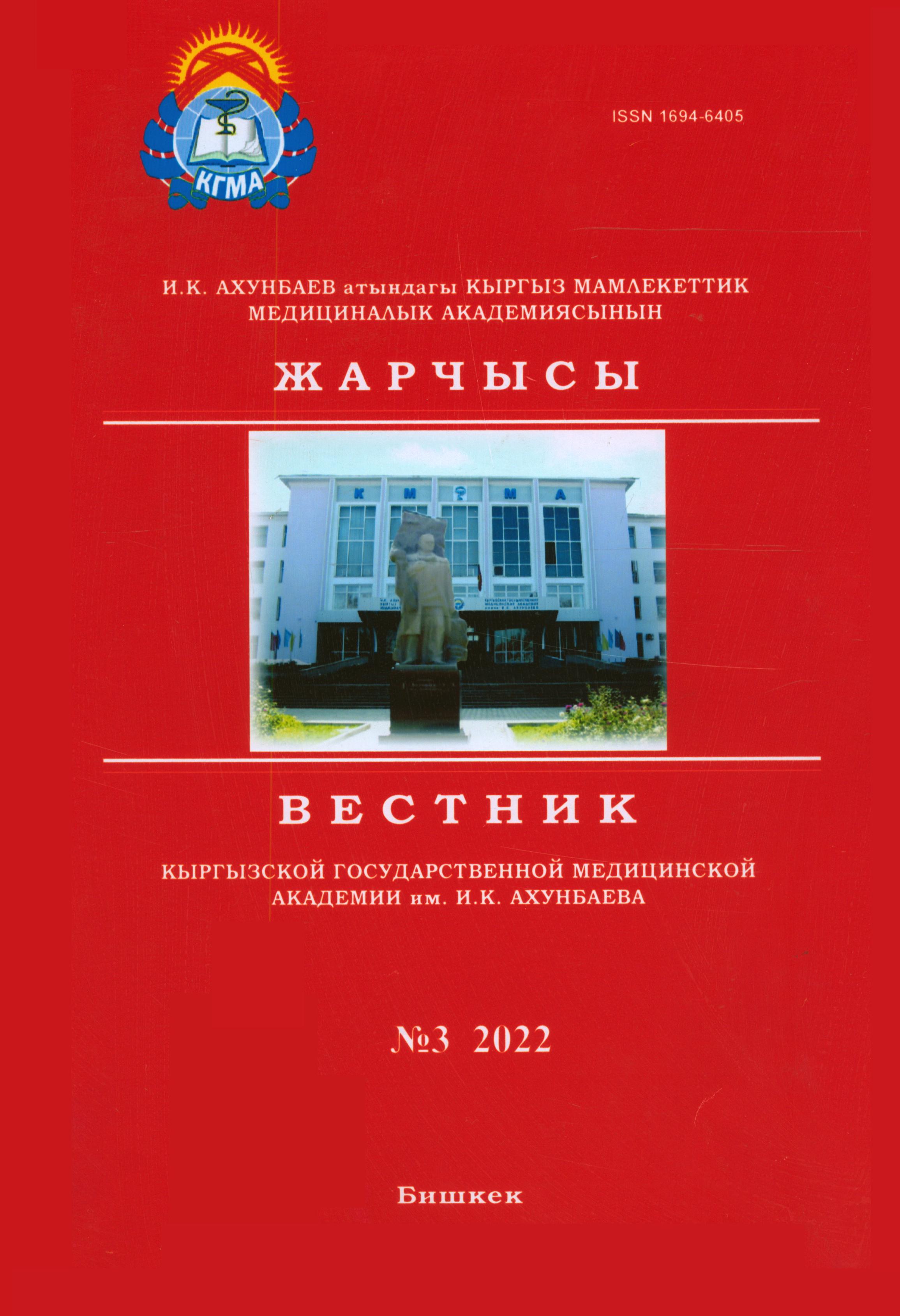THE IMPORTANCE OF THE HINGE AXIS POSITION IN THE DIAGNOSIS OF PATIENTS WITH TEMPOROMANDIBULAR JOINT DYSFUNCTION
DOI:
https://doi.org/10.54890/1694-6405_2022_3_124Abstract
Summary. The article analyses the methods to diagnose the hinge axis of the temporomandibular joint (TMJ) condyles, as well as the basic principles of dynamic occlusion functioning. It also presents a comparative analysis and criteria to evaluate individual and typical anatomical methods to determine the hinge axis in dental patients with the TMJ dysfunction from the point of view of occlusive interrelations.
Keywords:
temporomandibular joint, hinge axis, sagittal articular path, articulator, condylograph.References
1. Ортопедическое лечение несьемными протезами. 2010. Стефен Ф. Розенштиль Мартин Ф. Ленд Юнхай Фуджимото: 47-79.
2. Sahoo S, Singh D, Raghav D, Singh G, Sarin A, Kumar P. Systematic Assessment of the Various Controversies, Difficulties, and Current Trends in the Reestablishment of Lost Occlusal Planes in Edentulous Patients. Annals of Medical and Health Sciences Research. 2014 4(3): 313–319.
3. Slavicek R. The masticatory organ. Gamma Medical-Scientific Education, Inc. 2002. 138-220.







